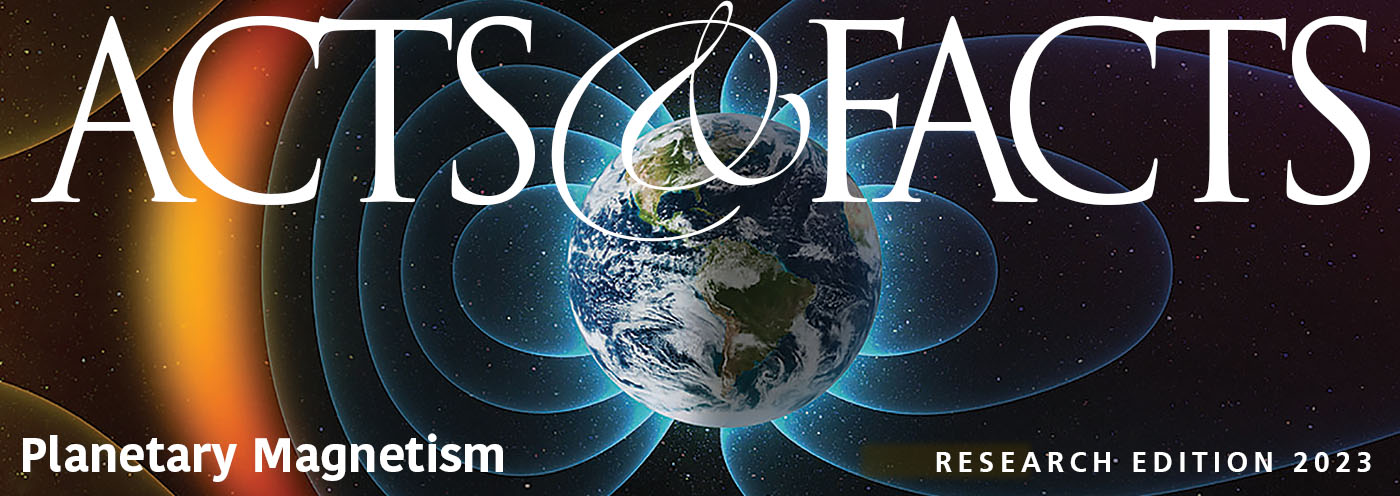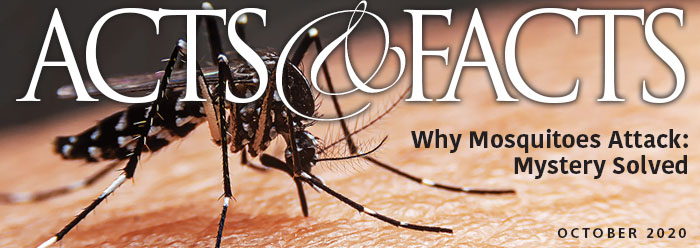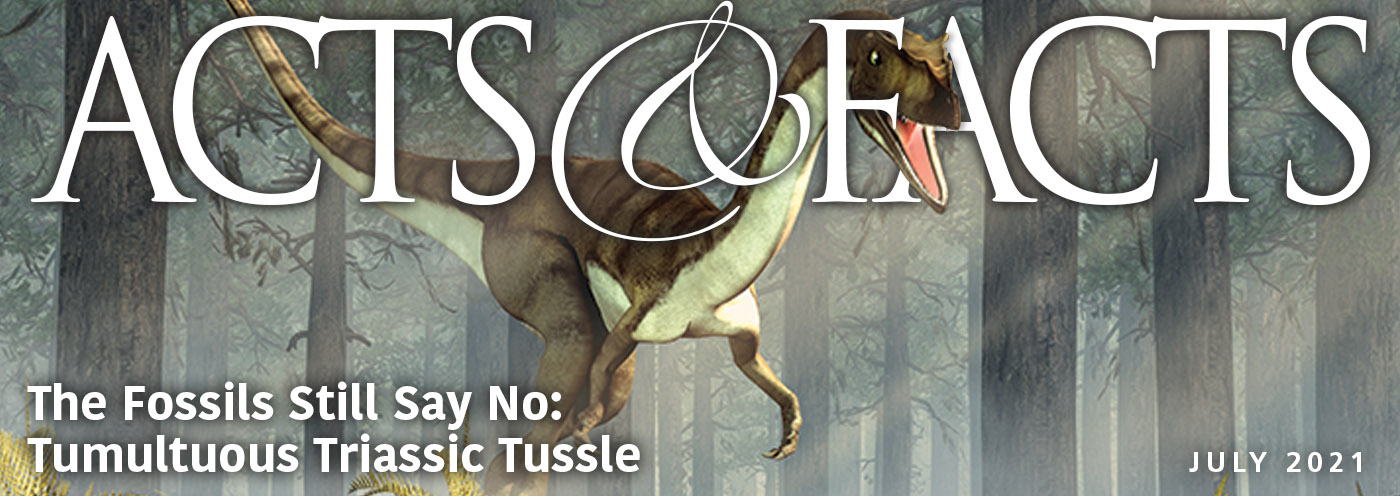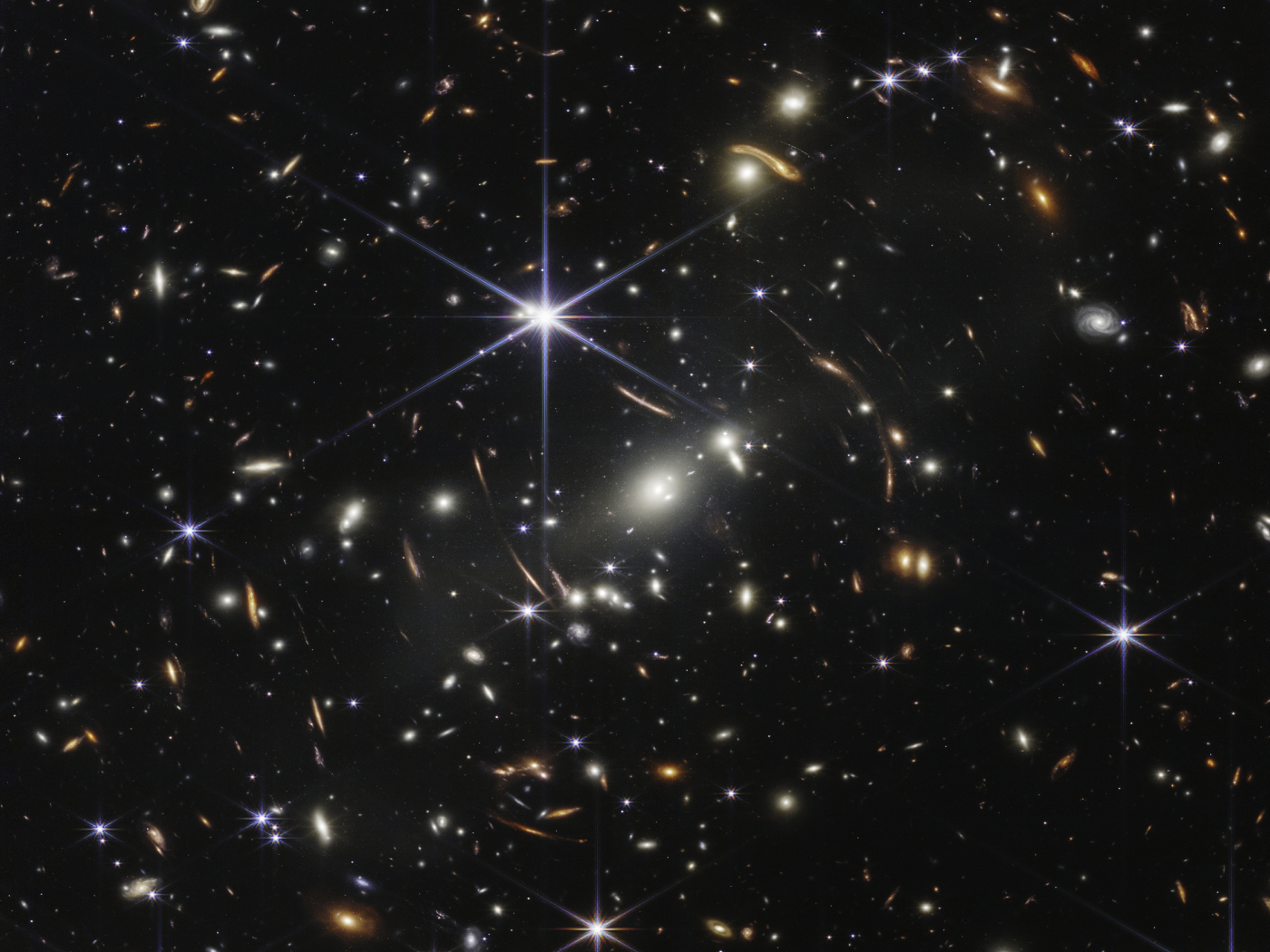The people of Faith, South Dakota, recently celebrated the “birthday” of the discovery of the world’s most famous T. rex fossil, called “Sue” after its discoverer, Susan Hendrickson. But creation science advocates have stepped forward to say that the number of candles on her cake should be a lot fewer than 66 million.
Unearthed near Faith in 1990, Sue’s fossilized bones were prepared by Chicago's Field Museum. A cast replica of the bones is featured in a traveling exhibition that is visiting Faith for the birthday celebration. The Black Hills Creation Science Association, which believes Sue lived around 4,300 years ago, had hoped to use the occasion to present the young earth interpretation of the giant fossil’s age.
The Field Museum, however, would not cooperate. Whitney Owens, traveling exhibitions director for the museum, told the Rapid City Journal, "Sue's a scientific exhibition, so we felt that non-scientific elements would be best displayed elsewhere. We wanted to keep the attention on the science of Sue and on her return to Faith, not on the supernatural.”1
The common misconception that young-earth hypotheses are “non-scientific” or “supernatural” is contradicted by the evidence. Sue holds the record for completeness of T. rex bones at 80 percent. A Field Museum fact sheet states, “Scientists think Sue died near a fast-moving river.”2 This is consistent with a flood rapidly burying and preserving the dinosaur remains, protecting them from both scavengers and microbial decay.
Also, the bones were found in a jumbled mess, with the hip above the head and the legs tangled in the ribs. Russ McGlenn, a creation science teacher, told the Journal, “Our hypothesis is that [Sue] died in Noah's flood and was buried there, along with thousands of other animals.” This certainly would fit with the observation from The Field Museum: “…because of the position the bones were in, scientists think that rushing water flipped Sue’s pelvis onto her head.”3
The scientific observations clearly indicate a watery and catastrophic burial, just what a massive flood might have produced. If Sue’s demise was caused by the Noahic flood—an event reflected in the cultural memories of hundreds of people groups worldwide4—then that puts Sue’s birth date nearer to 2400 B.C. as reckoned by the biblical account.
In addition, most fossilized dinosaur bones (perhaps including Sue’s) contain some portions that are not completely fossilized. It stretches credulity to insist that organic bone could have survived for 66 million years. It is even less likely that the blood vessels, hemoglobin, and red blood cells that were discovered inside the femur of a different T. rex could have been preserved that long.5
“Radiometric dating techniques” are frequently cited as authoritative proof of ages that stretch into the millions of years. Such claims, however, ignore the fact that those techniques cannot directly date sedimentary deposits (which are use to date the fossils they contain, such as Sue), as well as the fact that the results of these dating methods are characteristically discordant and therefore unreliable.
Recent research has demonstrated that the helium diffusion dating method refutes long ages.6 In addition, if fossils like Sue are truly 66 million years old, then why do so many carbon-containing fossils (all of those measured so far) also contain carbon-14, a radioactive compound that should have completely decayed within 60,000 years of the creatures’ death?7
Evolutionary assumptions aside, the circumstances surrounding the burial of fossilized dinosaur bones—including Sue’s—are remarkably consistent with a watery cataclysm in the relatively recent past, the most complete record of which is described in the book of Genesis.
References
- Garrigan, M. How old is Sue? Some disagree. Rapid City Journal. Posted on rapidcityjournal.com August 8, 2008, accessed August 11, 2008.
- “Speculation: How did Sue die?” Fact sheet from Sue at The Field Museum. Posted on www.fieldmuseum.org, accessed August 11, 2008.
- “Sue’s skull: Reconstructing Sue’s skull.” Fact sheet from Sue at The Field Museum, ibid.
- Morris, J. 2001. Why Does Nearly Every Culture Have a Tradition of a Global Flood? Acts & Facts. 30 (9).
- Yeoman, B. 2006. Schweitzer’s Dangerous Discovery. Discover. 27 (4):37-41, 77.
- Humphreys, R. 2003. New RATE Data Support a Young World. Acts & Facts. 32 (12).
- Baumgardner, J. 2003. Carbon Dating Undercuts Evolution’s Long Ages. Acts & Facts. 32 (10).
* Mr. Thomas is Science Writer.
Article posted on August 20, 2008.















